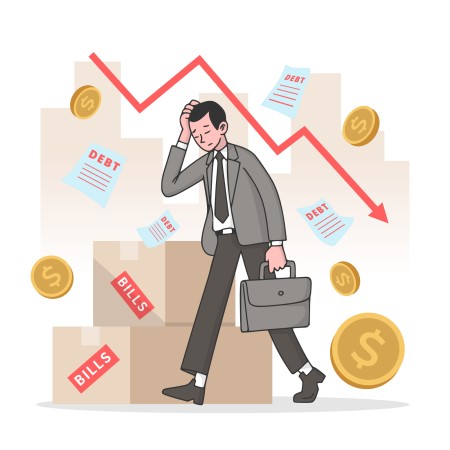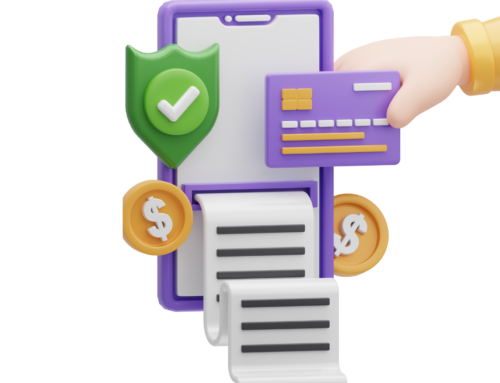For people, businesses, and even entire economies, financial risks can present serious difficulties. To protect one’s financial security and make wise decisions, it is essential to recognise these dangers early on. In today’s fast-paced world, it is crucial to stay one step ahead when it comes to managing your personal finances or running a successful business. By adopting a proactive approach and diligently identifying potential financial risks, you can safeguard yourself from potential disasters that may arise in the future.
Taking the time to assess and mitigate these risks is not only a smart move, but it can also pave the way for long-term financial stability and success. So, whether you are an individual looking to secure your financial future or an entrepreneur striving for business growth, don’t underestimate the power of being proactive in identifying and addressing financial risks. It’s an investment that will undoubtedly pay off in the long run.
Today, we will be exploring a range of effective strategies that can help you identify and address potential financial risks before they have a chance to escalate. By implementing these strategies, you can safeguard your business and ensure its long-term success. So, let’s dive right in and discover how you can proactively manage financial risks like a seasoned professional.
Conduct a Thorough Risk Assessment:
Complete a risk assessment to detect financial hazards. Analysing income, expenses, investments, and debts is for individuals. Businesses should analyse their financial accounts, market trends, and industry-specific hazards.
Diversify Investments:
All your money in one asset or industry increases danger. Diversifying across stocks, bonds, real estate, and commodities reduces risk. Diversified investments can help mitigate losses in one sector.
Keep an Eye on Debt Levels:
Debt can be useful, but too much might cause financial problems. Track your debt and be sure you can afford it. If you rely on debt, a sudden rise in interest rates or income loss could be disastrous.
Monitor Market and Economic Trends:
Monitoring market and economic trends that may affect your finances. Businesses must monitor industry trends, competitive performance, and consumer behaviour. Macroeconomic data and trends might help individuals foresee risks.
Create an Emergency Fund:
Individuals and corporations need emergency funds. This fund protects against job loss, illness, and economic downturns. Save three to six months’ living or business expenses.
Insurance Coverage:
Financial risk mitigation requires insurance. Check your insurance policy often to ensure it meets your needs. Health, life, disability, and property insurance for individuals. Consider business interruption, property, and liability insurance.
Stress Testing :
Stress testing evaluates your finances or business under harsh conditions. Conduct scenario analysis to learn how different economic scenarios could affect your finances. This exercise will help you find vulnerabilities and manage risk.
Stay Cautious of High-Risk Investments:
Avoid high-return, low-risk investments. Remember the saying, “If it sounds too good to be true, it probably is.” Do your homework before investing.
To ensure a stable financial future, it is crucial to anticipate potential dangers before they become overwhelming obstacles. Proactive risk assessment and management is critical whether you’re an individual or a business owner. Some ways to safeguard your finances are to diversify your investments, keep an eye on the market, be frugal with your debt, and build up an emergency fund. You can face financial uncertainty with more confidence and resilience if you remain watchful and well-prepared.
Read More: The Advanced Era and Future Potential of Digital Wallets







